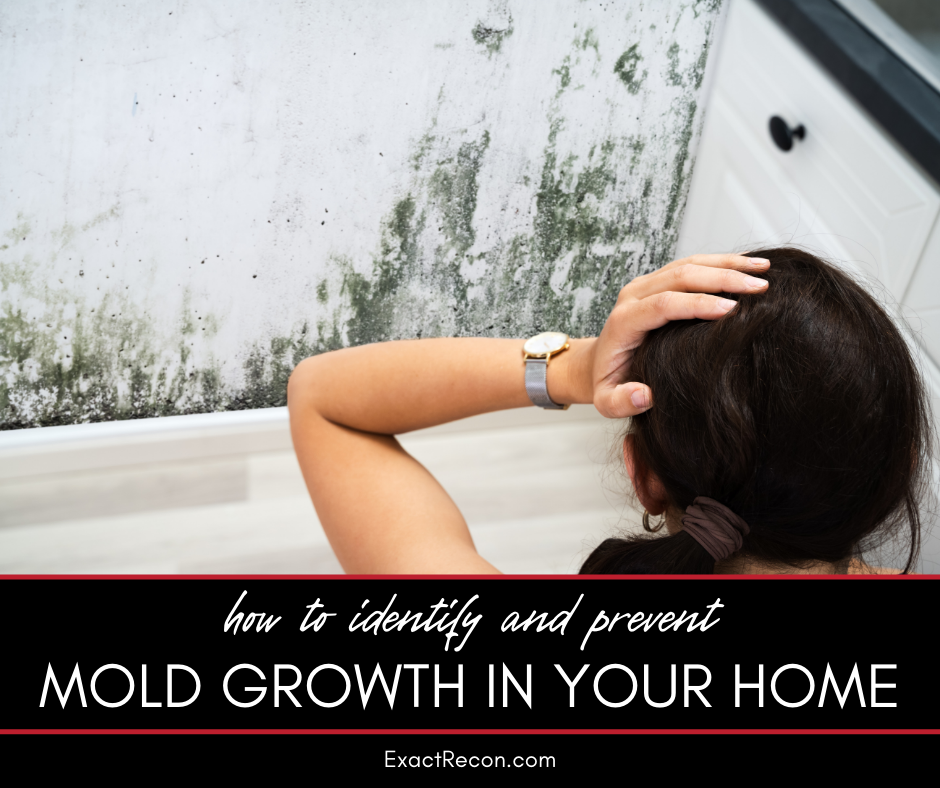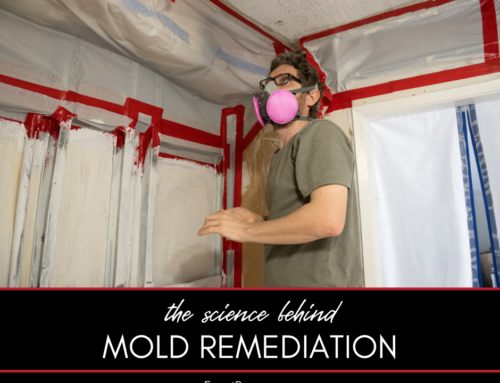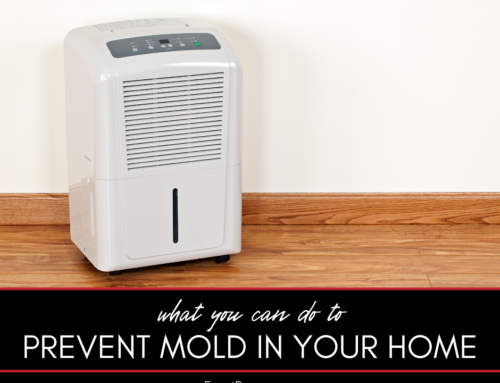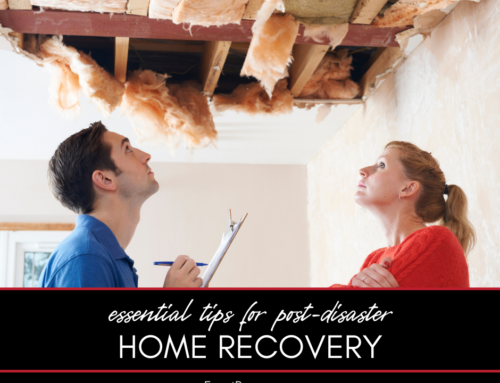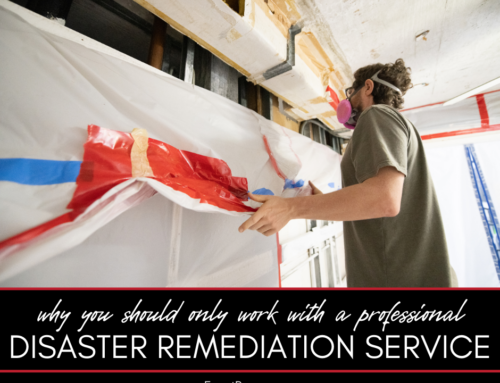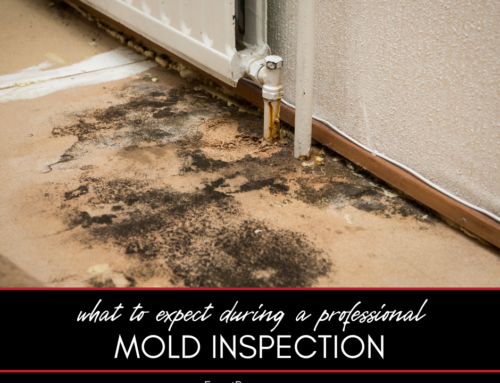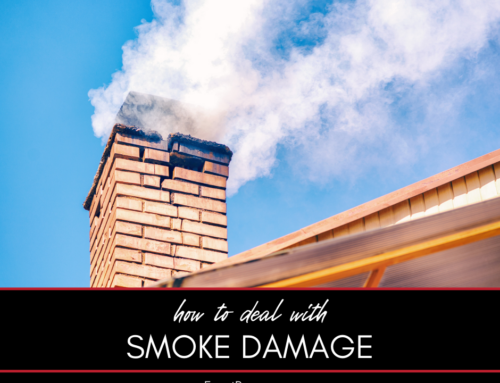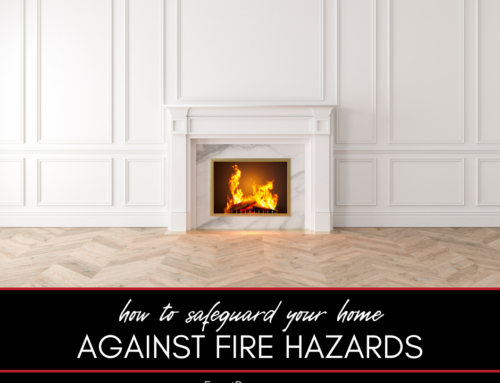Dealing with mold in your home? You’re not alone. Many homeowners grapple with this common issue. Whether it’s an obvious outbreak or a subtle infiltration, mold is a problem that needs immediate attention. This guide will help you understand how to identify and prevent mold growth in your home.
How to Identify and Prevent Mold Growth in Your Home
This guide explains the following:
- Recognizing signs of mold
- Understanding the causes of mold growth
- Steps to prevent mold growth
- When to contact a professional
Here’s a closer look at each.
Recognizing Signs of Mold
Mold isn’t always easy to spot. While it often appears as a visible discoloration on walls, floors, or ceilings, it can also hide behind walls, under carpets, and in other unseen areas. Telltale signs of mold include a musty smell, discoloration or staining on walls and ceilings, and increased allergic reactions or respiratory problems among household members. If you notice any of these, it’s time to investigate further.
Related: Why DIY mold remediation can do more harm than good
Understanding the Causes of Mold Growth
Mold thrives in damp conditions. Water damage, leaks, poor ventilation, and high humidity can all create ideal environments for mold to grow. It’s important to regularly check areas prone to moisture, like bathrooms, basements, and kitchens, as well as spaces around windows, pipes, and roofs.
Steps to Prevent Mold Growth
Preventing mold starts with controlling moisture in your home. Use dehumidifiers and fans, particularly in high-humidity areas. Fix leaks promptly and ensure your home is well-ventilated. Regular cleaning can also help keep mold at bay. However, if you’ve had serious water damage, it’s best to seek professional help to ensure all moisture is properly dealt with.
Related: What to do when your home is damaged by fire
When to Contact a Professional
If mold growth is extensive, if it’s been caused by contaminated water, or if a household member is experiencing health problems, it’s time to call a professional. A mold remediation expert can properly assess the situation, safely remove the mold, and help you take steps to prevent future growth.

FAQ About Mold Growth
Check out these commonly asked questions about mold growth. If you don’t see the answers here, please call our office and we’ll get you the information you need.
What does mold smell like?
Mold often produces a musty, earthy smell. If you notice an unusual odor in your home, it could be a sign of hidden mold.
Related: What kinds of mold can grow in a home?
Can I clean up mold myself?
Small amounts of mold can often be cleaned up by homeowners. However, for large infestations, or if the mold keeps returning, it’s best to hire a professional.
How can I prevent mold in my bathroom?
Keep your bathroom well-ventilated and dry. Use an exhaust fan during and after showers, fix any leaks promptly, and clean regularly with mold-killing products.
Remember, mold in your home is more than just an unsightly nuisance; it’s a health hazard. Don’t ignore the signs. Whether you handle it yourself or call a professional, tackling mold promptly is key to maintaining a healthy home environment.

How Can Mold in Your Home Affect Your Health?
Mold in your home can significantly impact your health. Often, the signs are subtle and may be mistaken for other health issues. However, living or working in an environment with mold can lead to a variety of health problems, ranging from mild to severe. Here’s a detailed look at how mold exposure can affect your health.
Allergic Reactions
The most common health issues from mold exposure are allergic reactions. These can occur immediately or develop over time, and they can happen whether the mold is dead or alive. Signs of a mold allergy are similar to those of other allergies and can include:
- Sneezing
- Runny or stuffy nose
- Itchy or watery eyes
- Itchy or irritated throat
- Coughing
- Skin rash
Asthma and Other Respiratory Problems
If you have asthma or another respiratory condition, your symptoms may worsen if there’s mold in your home. In fact, mold can trigger asthma attacks in people who are allergic. Symptoms can include wheezing, difficulty breathing, and chest tightness. In some cases, long-term exposure to mold can even contribute to the development of asthma.
Related: How quickly do you have to treat mold in your home?
Infections
While less common than allergies, some types of mold can cause infections, particularly in individuals with weakened immune systems. This includes people with chronic lung illnesses, who can develop fungal infections in their lungs when exposed to certain types of mold.
Toxic Mold Syndrome
Although it’s rare, exposure to certain types of toxic mold, like Stachybotrys chartarum (also known as black mold), can lead to severe health problems. This is sometimes referred to as “toxic mold syndrome.” Symptoms can range from headaches and memory problems to severe respiratory issues and even immune system suppression.
Mental Health Effects
Emerging research suggests a possible link between mold exposure and mental health. This could be due to physical changes in the brain caused by toxins produced by mold, or it could be a response to the chronic stress of living in an unhealthy environment. Some studies have found a connection between living in a damp, moldy home and anxiety and depression.
It’s important to remember that not everyone will react the same way to mold exposure. Some people may have no noticeable symptoms, while others may be significantly affected. The severity of health issues can depend on the type of mold, the length of exposure, and the individual’s overall health and sensitivity to mold.
If you suspect that you’re experiencing health problems due to mold in your home, it’s important to address the issue promptly. Professional mold remediation can ensure the mold is fully removed, making your home safe again. If you’re experiencing persistent health issues, be sure to seek medical attention.
Related: How to minimize fire and smoke damage’s impacts on your health
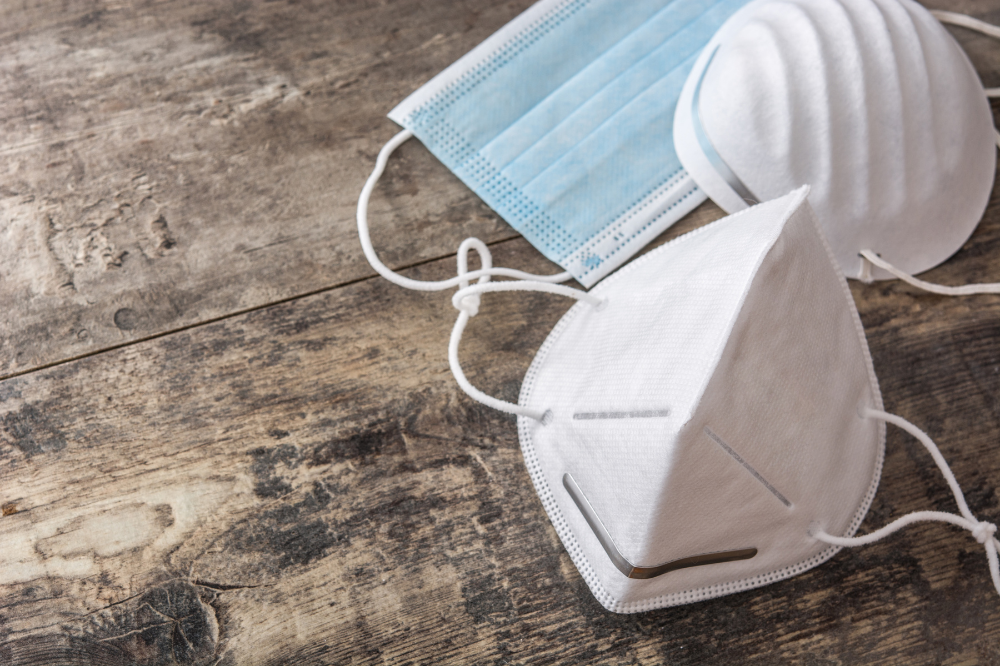
What Should You Do if You Find (or Suspect) Mold in Your Home?
Finding or even just suspecting mold in your home can be a stressful experience. Mold isn’t just unsightly; it can also pose serious health risks and cause damage to your property. But don’t panic. Here’s a detailed guide on what to do if you find or suspect mold in your home.
Confirm the Presence of Mold
The first step is to confirm whether what you’re seeing or smelling is indeed mold. Mold comes in many colors, including black, white, green, or even pink, and often has a fuzzy or slimy texture. It’s usually accompanied by a musty smell. If you see discoloration on your walls, ceilings, or other surfaces, or if you detect a musty odor, you might have a mold problem.
Related: The most effective ways to remove smoke odors
Identify the Source of Moisture
Mold growth is typically a sign of excess moisture. This could be due to a leak, poor ventilation, or a recent flood or water damage. Identifying and fixing the source of the moisture is crucial to effectively get rid of the mold and prevent it from coming back.
Assess the Extent of the Mold
If you can see mold, it’s important to realize that what’s visible may be just the tip of the iceberg. Mold can grow behind walls, under carpets, and in other hidden areas. If the visible mold covers a large area (greater than 10 square feet), or if you suspect there’s more mold hidden, it’s time to call a professional.
Related: Common fire myths
Contact a Professional
While small amounts of mold can often be cleaned up by homeowners, for larger infestations, or if the mold keeps returning, it’s best to hire a professional. Professional mold remediation companies have the training and equipment to safely and effectively remove mold and can help you address the underlying moisture issues.
Take Precautions to Protect Your Health
While waiting for professional help, it’s important to minimize your exposure to the mold. Stay out of affected areas and don’t touch or disturb the mold. Use an air purifier to help filter mold spores out of the air and keep your indoor air quality as clean as possible.
Cooperate During the Remediation Process
A professional mold remediation process typically involves a thorough inspection, containment of the affected area, air filtration, removal of mold-infested materials, cleaning of contents and belongings, and restoration of the area. Cooperate with the professionals, follow their advice, and be patient. Mold remediation is a thorough process that can take some time, but it’s worth it for the sake of your home’s health and your own.
Related: What to expect during fire damage restoration
Prevent Future Mold Growth
After the mold is removed, take steps to prevent future mold growth. This could involve improving ventilation, using dehumidifiers, regularly checking for leaks, and promptly drying any wet areas.
Remember, mold in your home is a problem that should be dealt with promptly. But with the right steps, you can effectively handle a mold situation and ensure your home is a safe and healthy environment.
Do You Need a Disaster Remediation Expert in Washtenaw County or Jackson County?
If your home has already been damaged, we can help. Check out our services and call Exact Recon for your free disaster remediation quote today. We offer:

